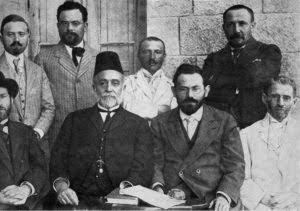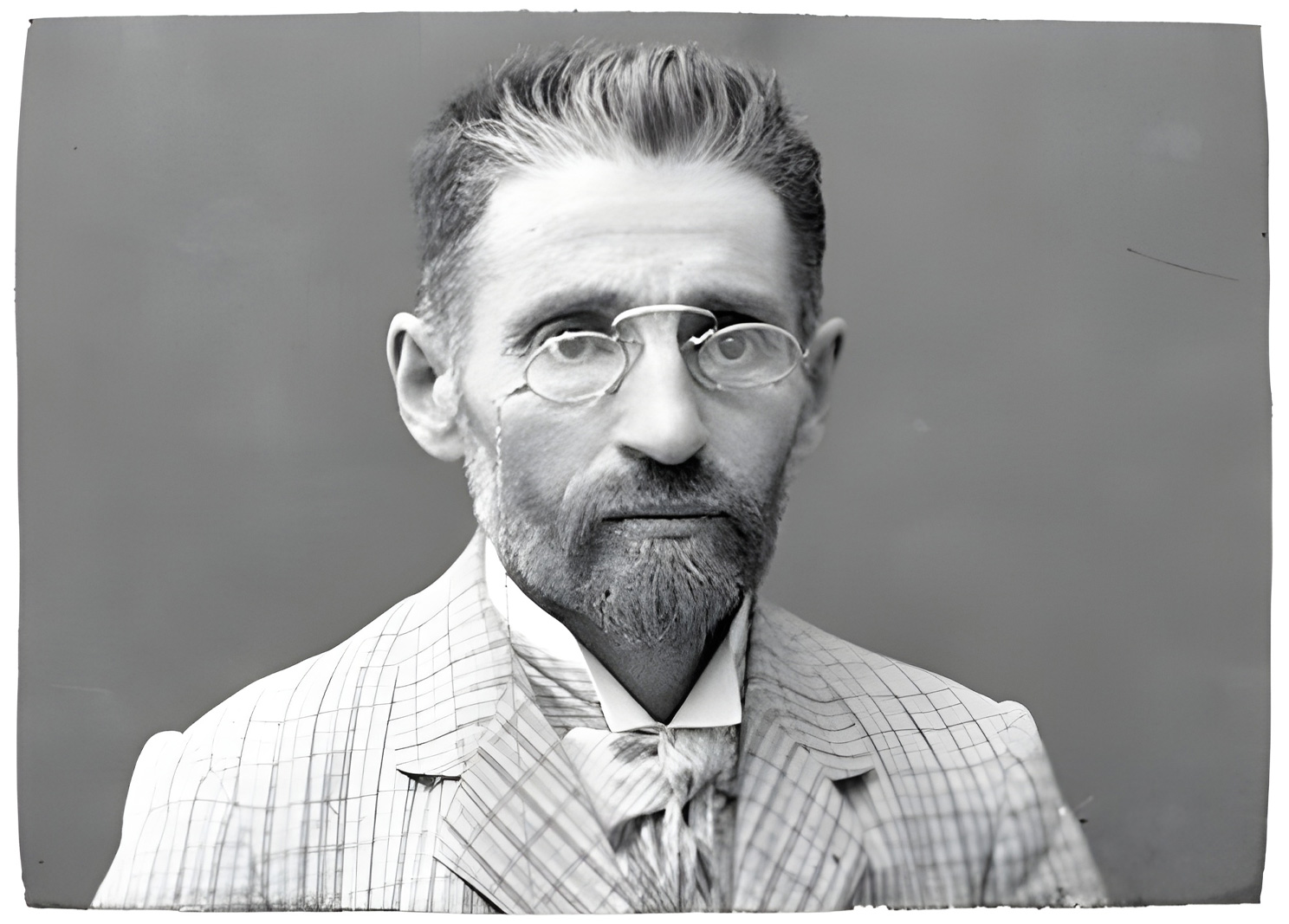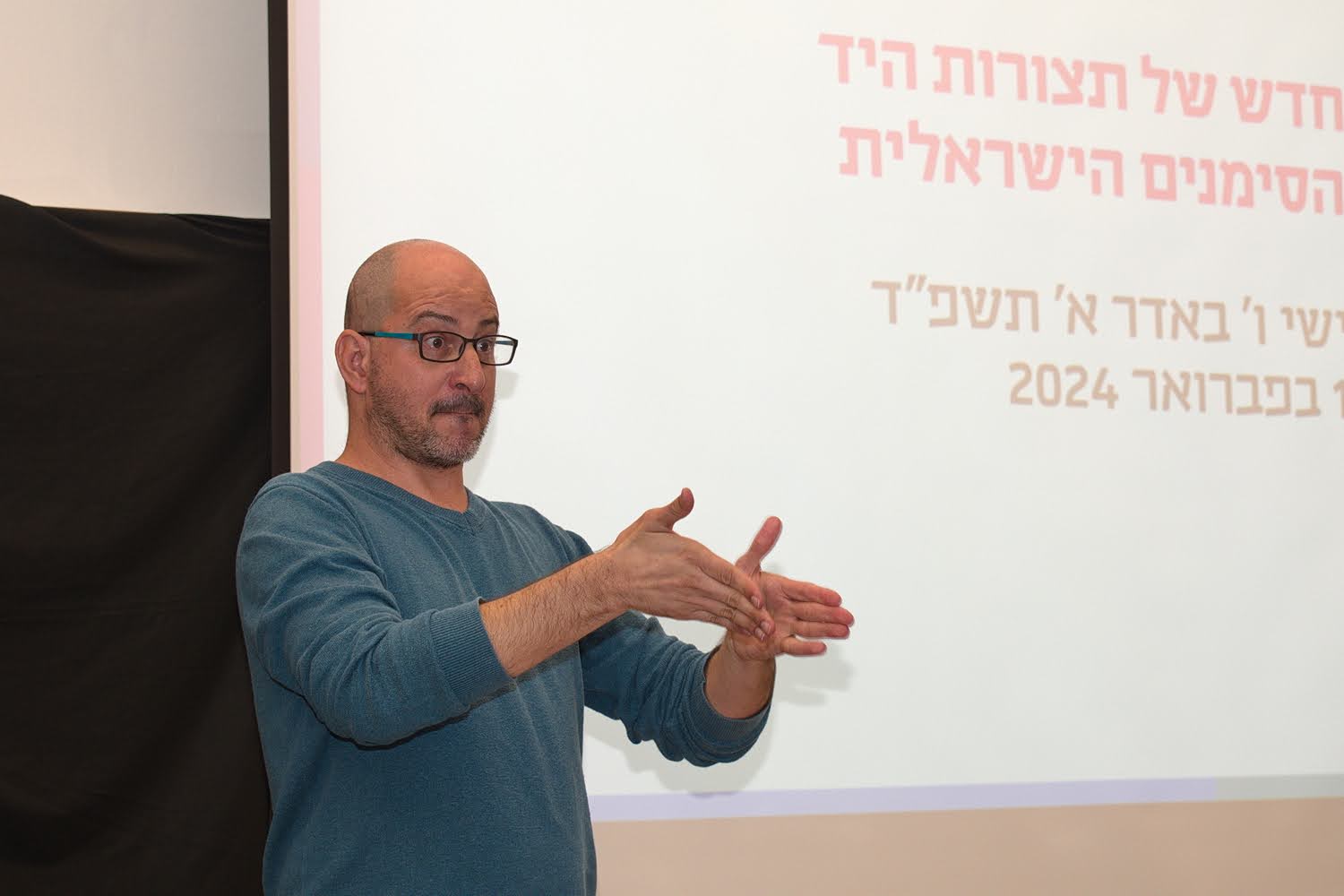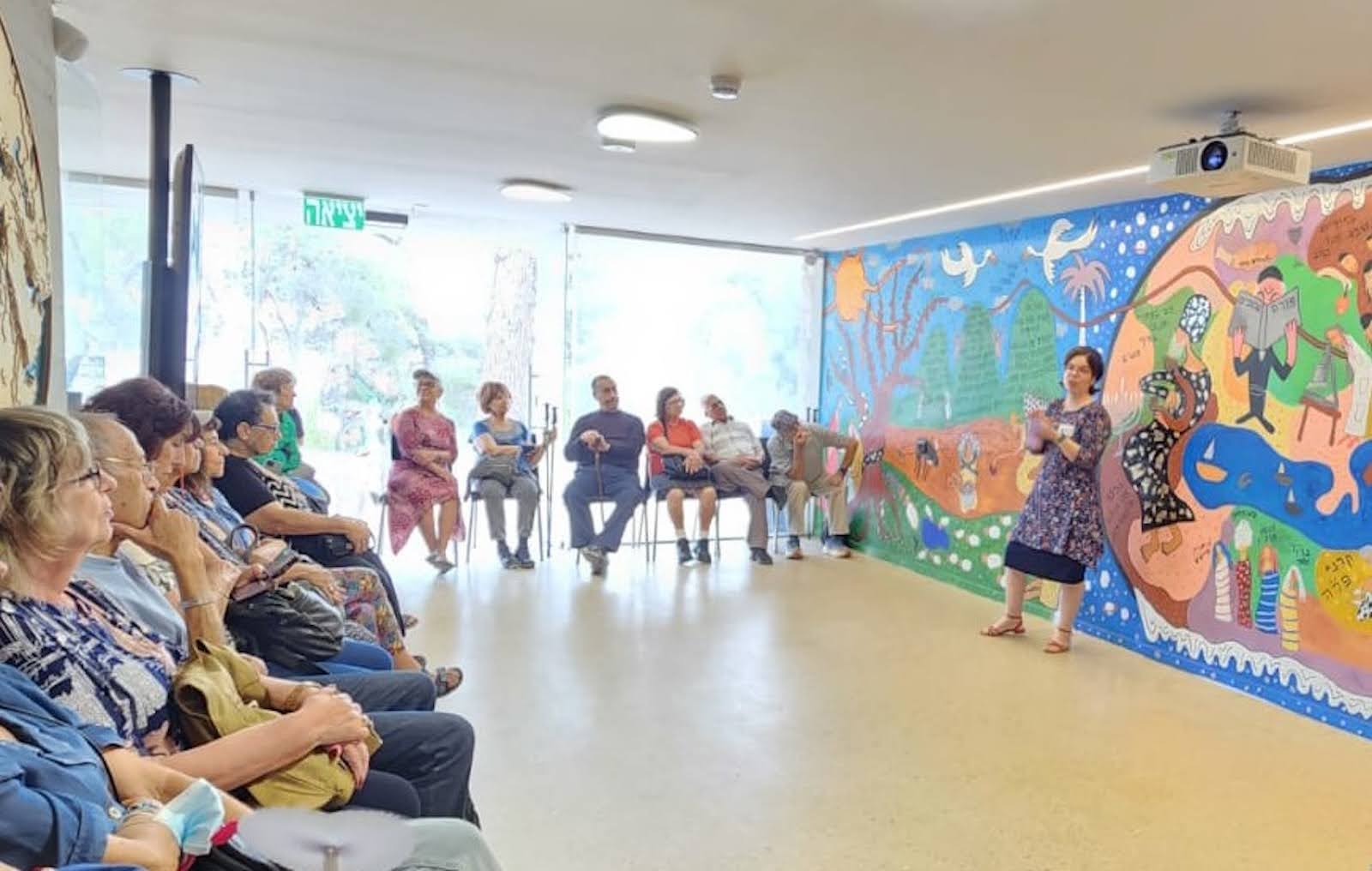
The History of the Academy of the Hebrew Language
From the inception of the first Hebrew language committee to the influential institution we know today, the Academy of the Hebrew Language has had a fascinating history — contributing greatly to the rich history of the Hebrew language itself. Let’s take a deeper look at the Academy’s humble beginnings and continued development into the important cultural and educational institution it is today.
1889–1911: The Establishment of the Language Committee
In 1889, Eliezer Ben-Yehuda, in collaboration with Safa Brura (Clear Speech) — an organization with the goal of advancement of Hebrew speech in the Yishuv — established a Jerusalem-based Literature Committee aimed at collecting and publishing Hebrew words. However, the committee was disbanded in 1891.
In 1905, The Language Committee was formed by founding members Eliezer Ben-Yehuda, David Yellin, Dr. Eliyahu Sapir, Dr. Aharon Meir Mazia, Yehiel Michal Pines, and Secretary Haim Arye Zuta. Its inception was primarily driven by the Union of Teachers in the Land of Israel, who sought to make Hebrew the language of instruction and common speech in schools.
Around 1911, amid uncertainty and concerns from the teachers’ union about a conservative work pace, Aẖad Ha’am (Asher Ginsberg), a leading Zionist thinker, intervened. He attempted to grant the Language Committee authority over Hebrew terminology, but tensions persisted.
1912–1921: Foundations for the Future
In the years leading up to the first world war, the Language Committee published its minutes, lectures, discussions, and word lists in “Zikhronot Va’ad HaLashon” (Minutes of the Language Committee), addressing topics like pronunciation and the creation of new Hebrew terms to replace foreign words. The first published words included lists of plant names, dress, food, furniture, and geography. However, once the war began, the Committee’s activities were mostly halted.
After the British conquest of the Holy Land, the Committee resumed, expanding to include educators, authors, and linguists. This was the period when the Language Committee discussed the future of the organization. Their vision of a place of study, scientific research, and innovation was born and soon its name was temporarily changed to Midrash HaLashon (The Language Institute).
The Language Committee began negotiations with the British to acknowledge Hebrew as an official language alongside Arabic. During these years, the idea of Hebrew as a common tongue underwent a substantial change and became considered the national language of the Jewish settlement and its institutions.
1922–1946: A Push for Progress
Following the death of Ben-Yehuda in 1922, the Committee temporarily suspended its activities until 1924 when poet Haim Nachman Bialik immigrated to what is now Israel and revitalized the Committee as its new president, alongside Yellin and Mazia.
By 1926, the Committee ramped up their expansion efforts, appointing additional scholars, including editors and journalists, grammarians, researchers, and authors. They formed various subcommittees in specific fields with grammarians that collaborated with professionals to create new Hebrew terminology.
In 1928, the Committee established “Lešonenu,” a publication dedicated to studying the Hebrew language, and introduced approximately 30,000 new terms across 60 different fields.
1947–1948: Laying Groundwork in Times of War
During Israel’s War of Independence, the Language Committee played a crucial role in formulating governmental terminology for the new state, despite operational disruptions and financial challenges.
During the war, Jerusalem’s isolation from the rest of the country caused the work of the Language Committee to slow down substantially, negatively impacting funding. It had never been recognized as an official national body and, apart from a few private donations, it received no financial support.
Even before the foundation of the state, it was clear that an officially recognized institute of Hebrew language should be established. A preliminary committee was formed to lay the groundwork for what would become the Academy of the Hebrew Language — an official body for research and guidelines.
1949–2011: Establishing the Academy of the Hebrew Language
In January 1949, the establishment of the Academy of the Hebrew Language was declared in the presence of Prime Minister David Ben-Gurion. After delays due to disagreements on the name, the Academy was formally enacted into law in August 1953. Ben-Gurion opposed a foreign word “Academia” or Academy. Ultimately, the law explicitly stated that the institution had the right to name itself.
In its first meetings, the name “Ha’Akademia LaLashon Ha’Ivrit” (the Academy of the Hebrew Language) was chosen along with the first 15 members and the Academy’s charter and goals were created.
For the years to come, the Academy gathered and researched Hebrew language vocabulary of all periods and levels, researched the forms of Hebrew and its history, and guided the natural development of the language.
2012 – Present: A Step Towards the Future for Hebrew
In a historic decision on November 18, 2012, the Israeli government approved the founding of a National Center for the Hebrew Language in Jerusalem, which would house the Academy of the Hebrew Language and the first ever museum dedicated to the history of the Hebrew language.
The development of a lasting center marks a transformation. Once a language of ancient texts and prayer, the existence of the Academy has revitalized the language and solidified it as a permanent fixture. In part due to the dedication of the passionate, determined founders, Hebrew is a modern, thriving language, continuing to evolve alongside the people who speak it.
At Friends of the Academy of the Hebrew Language, we are ardent supporters of the Academy — serving as a bridge between their roots in Israel and lovers of the Hebrew language in the United States. Explore our website to learn more about the new center for the Hebrew language in Jerusalem, or find out how to support the Academy.
The history of the Hebrew language is rich, beautiful, and complex. To learn more, read our Hebrew history timeline: Hebrew through the ages!
The history of the Hebrew language is rich, beautiful, and complex. To learn more, read our Hebrew history timeline: Hebrew through the ages!
Learn the fascinating story of Israeli Sign Language, its inception, its ongoing development and its place in inclusive education.
Learn about the Academy of the Hebrew Language’s Cultural & Educational Center, a hub of knowledge for Hebrew’s history, revival and development.





